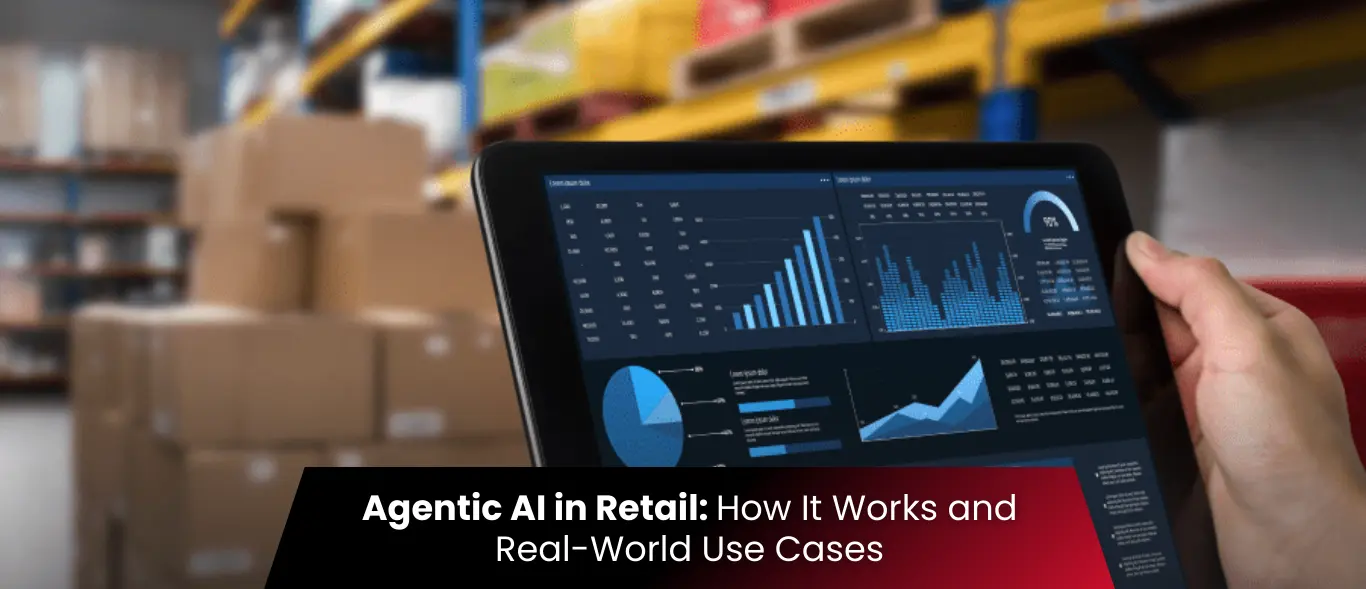There was a time not so long ago when shopping was a flat, unidimensional experience. There was the retailer and the customer.
The first had something to offer; the latter could either take it or leave it. Somewhere in this equation, there used to be some sops on offer, like price cuts or freebies as customer bait. Computing, combined with the Internet, changed all that.
Digital Transformation of Retail and the Need for Data Analytics
Digitization has ushered in a radical makeover of the retail business. The behavior and habits of both the retailer and the consumer are today a more interactive, 3D experience, transmogrified, if one may be allowed to say, into a living, breathing creature, devouring and spewing out information almost simultaneously, generating copious amounts of real-time data.
Your average John or Jane Doe is no longer just "custom" r. A buyer dons many hats – they are a marketer, an advertiser, a content creator, and so on. Here's how: Ask yourself this even as you read – what did you do the last time you purchased something online? Most of you would have written, posted, or commented about either the experience or the product on –
- A social network
- Chat service
- Comments on the 'Product Review' section
But wait, that's not all. Back up a wee bit. Think of what you did before you bought the stuff? You searched online, looked for similar products, compared prices to find the cheapest deal, read the reviews, checked out the specs, counted the 'Likes', and compared delivery dates. There's a pattern somewhere in there, and astute retailers are scrambling to catch those signals. Not merely grasp but to decipher them, too. Why? The answer's the same as before, my friend – to sell and earn money.
Only, the action has become extremely fiery, because retail is no longer the purview of a few with inventory, staff, and money power. That's the world we live in – almost anyone can now sell nearly anything online – groceries, food, clothes, gadgets, locations, paintings, even sex.
We sell what we don't own or even store. Instead, we sell; that's the nature of the retail beast.
Take cars, for example. A cabuyer's journey today has changed. Study after study has shown that 70-80 % of potential car, new and old, customers today begin their buying process online.
Yes, the actual sale of a car may still be done offline, but 70 times out of 100, the pre-sales journey starts on the Web.
No longer is it only the retailer calling the shots. The most important output of digitization is that consumers are empowered like never before. In the battle of the wallet, the weapon of choice for retailers and consumers is the same – data. Here's an example: A potential consumer (for this exercise, presume she is 30+ and prefers to touch her goods before purchasing them) has walked into a store intending to buy a pair of jeans.
Standing in the shop's aisle, she logs in to the Net on her smartphone to check the designs and prices of similar pants to see if she is going to get the best deal here.
The retailer, too, has equipped himself with information to sell to that customer. His first salvo was fired much before Jane Doe walked into the store.
In fact, it may have been because of his online marketing efforts that she picked his store in the first place.
If she is a returning customer, the store owner has already analyzed the details collected from the previous Point of Sale (PoS) to gain insight into her psyche.
Using multi-marketing channels, the retailer has skillfully enticed her.
His tactics would include one or all of these direct and indirect communication channels:
- emails, digital newsletters
- interactive store website
- email order catalogs
The storekeeper's arsenal to help sway Jane Doe to buy the jeans today may include beacons or Augmented Reality.
If Jane Doe were in her teens, she would probably have brought the store into her house, thanks to technology, and purchased the jeans online.
Unlike yesteryears, retailers today have the luxury of multichannel marketing to interact and retain customers.
Build more innovative retention strategies with the data you already have >>>> Talk to our analytics experts
Location-based services such as Radio-Frequency Identification tags, Customer Relationship Management (CRM) software, and data analytics in retail are just a few of the tools available.
An astute retailer will use them to:
- Collect data on customer behavior and location
- Create an interactive experience
- Push out tailor-made offers in real-time
- Cultivate customer loyalty
The transformation of retail today is not 100 % complete, though. It continues to straddle the two worlds – real and virtual. For retailers coming to grips with the increasing digitization, this poses a real challenge.
Again, retail marketing, like shopping itself, has undergone a sea change.
Done the right way, multiple channels of communication, such as online advertising, social media, traditional media, and email, gather data to build a 360-degree view of the average shopper.
The advent of mobile computing devices such as smartphones and tablets has made this exercise not only quicker but even more focused. At a macro level, a retailer seeks customers' attributes and preferences.
But it is not enough to gather voluminous data related to customers. Someone or something has to make sense of all of it and then act upon the analysis.
In addition to improving customer experience, Big Data can be leveraged for other purposes. Improving the supply and distribution chains is one of them—But that's part of another blog post.
Information that a retailer gathers can help in two ways:
- Acquire new customers
- Retain the loyalties of the old ones
The easiest form of data to collect is demographic details such as age, gender, geographical location, ethnicity, among others.
There was a time when old-world marketing campaigns were devised based on these parameters, but it's no longer enough.
Moving beyond mere demographics, insights can be used to:
- Recognize those customers with the predisposition to overspend
- Identify those most likely to switch loyalties
- Check past behaviors and consumption habits
- Understand shoppers Emotional Quotient
All this data can then be used to determine the types of products to profile in real-time, set pricing – a powerful marketing/sales lever, and push offers that entice customers to buy and take any other corrective action deemed fit to retain customers. That's customer segregation for you. Based on the data bank and its analysis. Clearly, an up-to-date data bank is just the start of customer segmentation. Data Analytics clubs individual consumers with common traits into silos.
Data analytics in retail is the mechanism that aligns retailers' goals with shoppers' goals.
Value of Analytics in Customer Segmentation
Advanced data analytics in retail by highly trained data scientists is required to provide a holistic picture of your customer base.
At the very core, advanced data analytics answers a straightforward question – who is your customer?
Build more innovative retention strategies with the data you already have >>>> Talk to our analytics experts
On a higher plane, since consumers are individuals, each with their own likes and dislikes, needs, and histrionics (and no two are ever similar), you cannot fuse them into a homogeneous mix and apply a standardized approach to address them.
Armed with insights from customer segmentation research, retailers can:
- Have targeted engagement of various categories of customers
- Create advertising and promotional plans tailored to each
- Support product development and pricing initiatives
- Develop tailored customer contact practices to improve the customer experience and drive greater sales in each category
- Optimize CRM strategy
- Enable effective allocation of marketing resources and maximize cross-selling opportunities.


